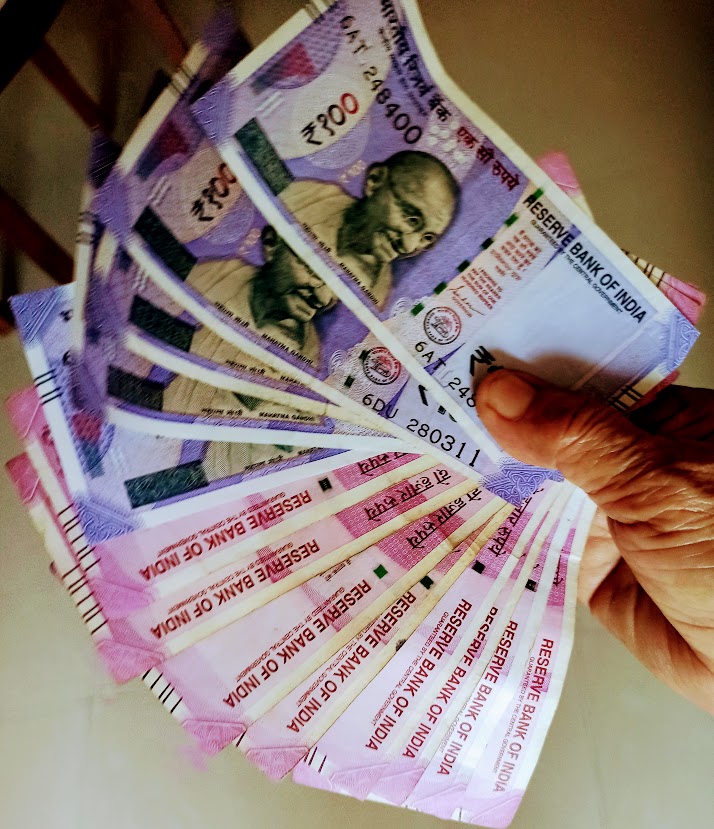The Reserve Bank of India (RBI) has issued new norms on wilful defaulters, directing banks and NBFCs to complete the classification process within six months of the borrower’s loan account turning bad.
The regulator also said today that lenders will have to examine the ‘wilful default’ aspect in all non-performing asset (NPA) accounts with outstanding amounts of Rs 25 lakh and above.
The guidelines are applicable to banks, non-banking financial companies (NBFCs), and financial institutions such as the Export-Import Bank of India (Exim Bank) and the National Bank for Agriculture and Rural Development (Nabard).
A lender will have to follow a specified procedure while identifying and classifying a person as a 'wilful defaulter'. The evidence of wilful default will be examined by an identification committee, according to the Master Direction on the Treatment of Wilful Defaulters and Large Defaulters issued by the RBI on Tuesday.
'Wilful defaulter' means a borrower or a guarantor who has committed wilful default, and the outstanding amount is Rs 25 lakh and above.
If the lenders in their internal preliminary screenings observe that a borrower has wilfully defaulted, they will have to complete the process of categorising the borrower as a wilful defaulter within six months.
The Master Direction further said the lenders should formulate a non-discriminatory board-approved policy that clearly sets out the criteria based on which the photographs of persons classified and declared as wilful defaulters shall be published.
"No additional credit facility shall be granted by any lender to a wilful defaulter or any entity with which a wilful defaulter is associated," it added.
The bar on the additional credit facility to a wilful defaulter or any entity with which a wilful defaulter is associated would be effective for one year after the name of the wilful defaulter has been removed from the List of Wilful Defaulters (LWD) by the lender.
Procedure to be followed by lenders
On concluding that a borrower has wilfully defaulted, the identification committee will issue a show-cause notice to the borrower, guarantor, promoter, director or people in charge and responsible for the management of the entity. The committee will also call for submissions from them within 21 days of the notice.
After considering the submissions, the committee may decide to make a proposal to the review committee for classification as a wilful defaulter.
“The review committee shall provide an opportunity for a personal hearing also to the borrower/ guarantor/ promoter/ director/ persons who are in charge and responsible for the management of the affairs of the entity,” RBI said.
Since it is an in-house proceeding, borrowers shall not have the right to be represented by a lawyer.
Purpose
The RBI said the primary objective of the directions is to provide for a non-discriminatory and transparent procedure, having regard to the principles of natural justice, for classifying a borrower as a wilful defaulter by the lenders.
The directions also aim to put in place a system to disseminate credit information about wilful defaulters for cautioning lenders to ensure that further institutional finance is not made available to them, the Reserve Bank said.
These directions will be effective after 90 days.





